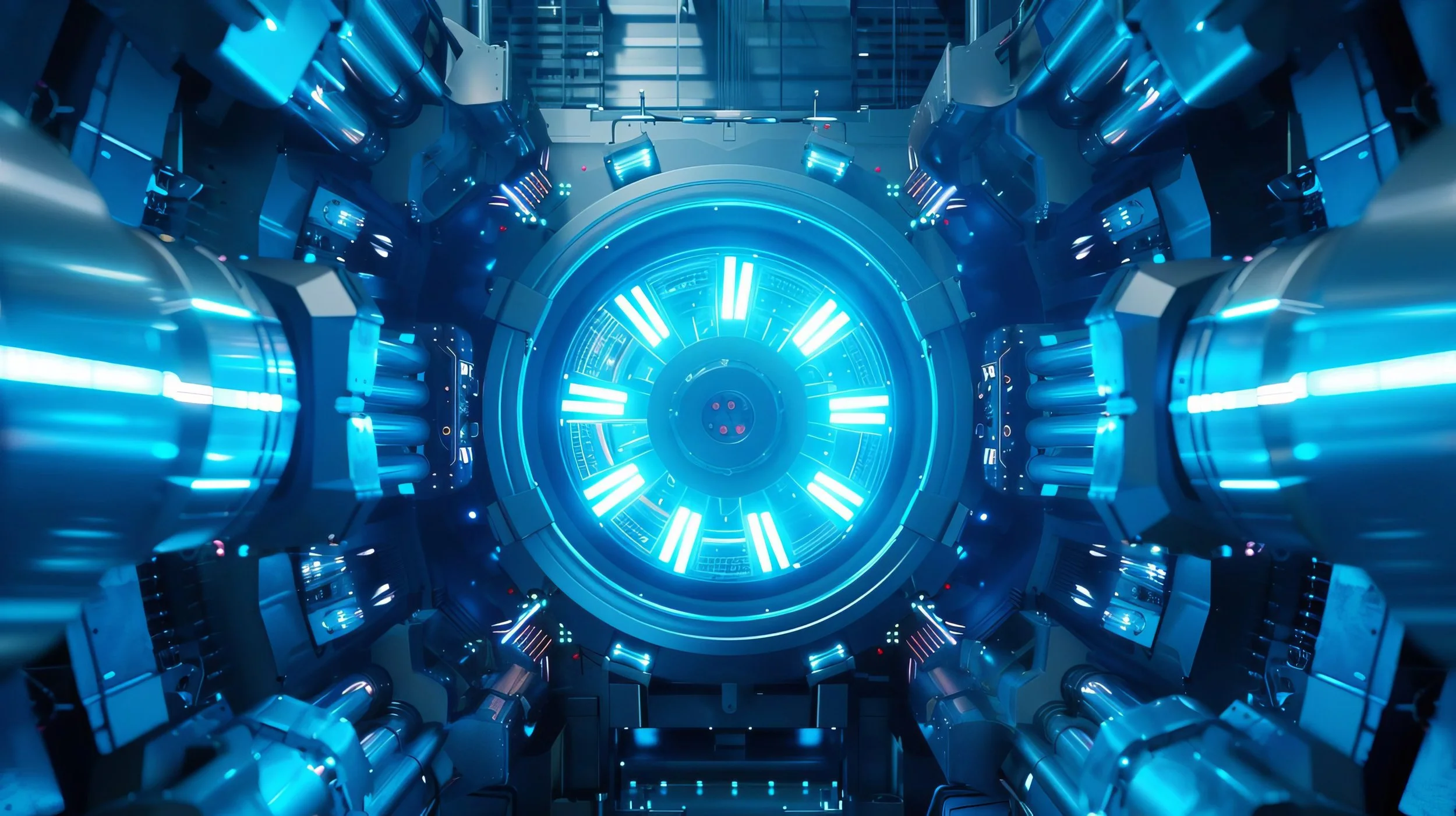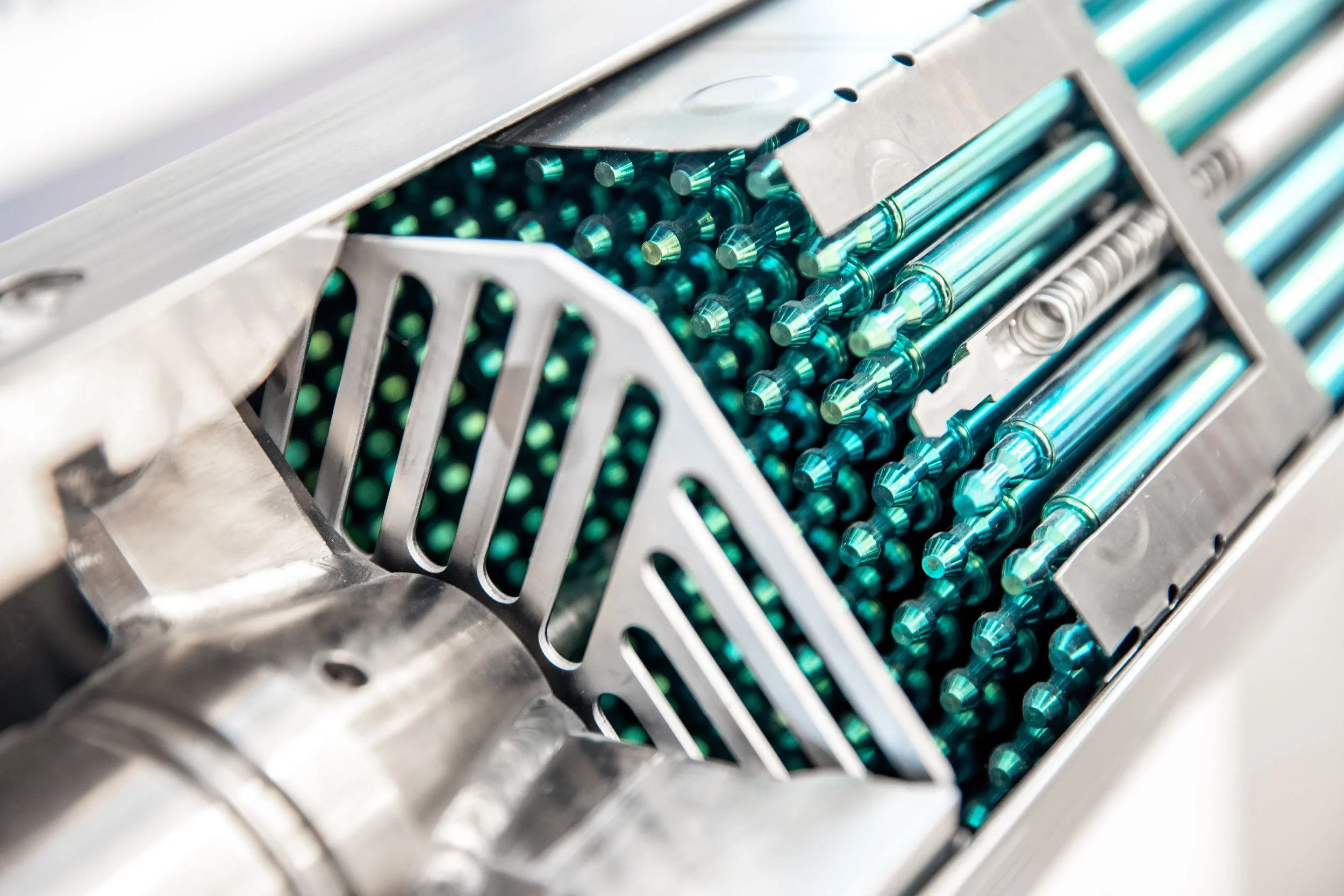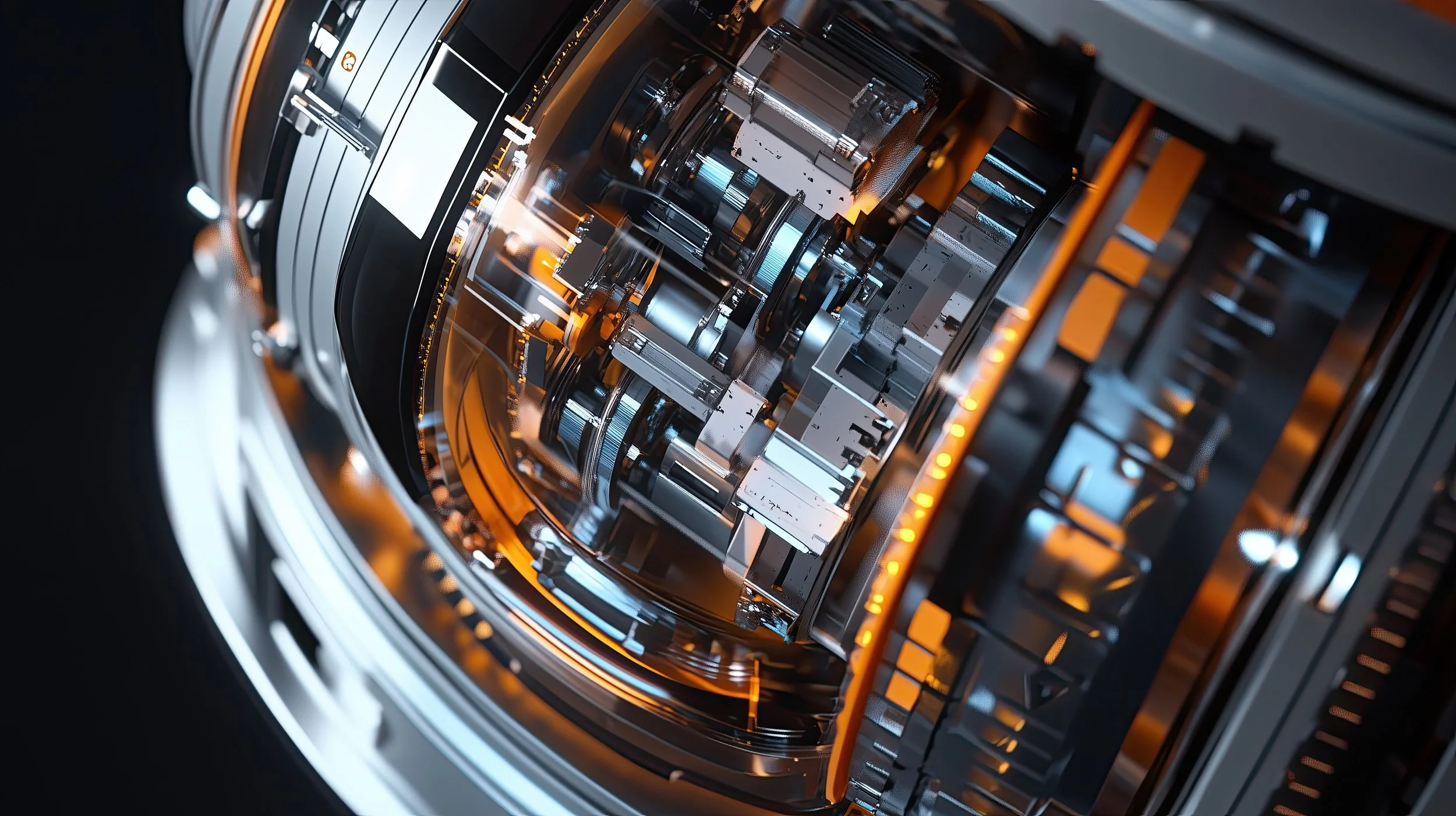About Our SMR
The High Temperature Gas-Cooled Reactor (HTGR) is a Generation IV nuclear design that utilizes a graphite-moderated core and helium or nitrogen as the primary coolant, operating at outlet temperatures between 750°C and 950°C. This high-temperature operation enables improved thermal efficiency and supports co-generation applications like hydrogen production. HTGRs employ TRISO fuel—uranium particles encapsulated in multilayer ceramic coatings—offering exceptional fission product retention and safety. Designs vary between pebble-bed and prismatic core configurations, with indirect power conversion systems using steam or gas turbines. The inert gas coolant eliminates water-dependency risks, and the reactor’s passive safety features allow it to safely shut down without active intervention during coolant loss events.
Our design offer the unique advantage of combined heat and power (CHP) capability. In addition to producing reliable carbon-free electricity, these reactors generate high-grade thermal energy that can be used for industrial processes, district heating, desalination, and clean water production. This dual-output functionality allows for more efficient energy use and supports sustainable development in remote communities and industrial applications. By integrating power and heat delivery, SMRs can provide a decentralized, resilient infrastructure solution tailored to modern energy needs.
Small Modular Reactors (SMRs) are next-generation nuclear energy systems—compact, factory-fabricated units that deliver safe, scalable, and carbon-free power. Unlike traditional large-scale plants, SMRs can be deployed in modular configurations to meet the needs of remote communities, industrial operations, and decentralized energy grids. Using advanced high-temperature gas-cooled reactor (HTGR) designs and TRISO (TRIstructural-ISOtropic) fuel, our SMRs offer exceptional safety through passive shutdown systems and robust containment of fission products, making them a reliable and flexible solution for a low-carbon future.
TRISO (Tristructural Isotropic) fuel is an advanced nuclear fuel designed for unmatched safety and fission product containment. Each TRISO particle consists of a uranium-based fuel kernel—typically uranium dioxide (UO₂) or uranium oxycarbide (UCO)—encased in four protective layers: a porous carbon buffer, inner and outer pyrolytic carbon (PyC), and a silicon carbide (SiC) shell. This SiC layer serves as a mini pressure vessel, retaining fission gases even under extreme conditions, including internal pressures up to 25–26 MPa (≈ 3600–3800 psi) and temperatures exceeding 1600°C. TRISO’s multilayered ceramic design prevents meltdown and maintains structural integrity during severe accidents, making it ideal for high-temperature gas-cooled reactors (HTGRs), microreactors, and other Generation IV systems.



